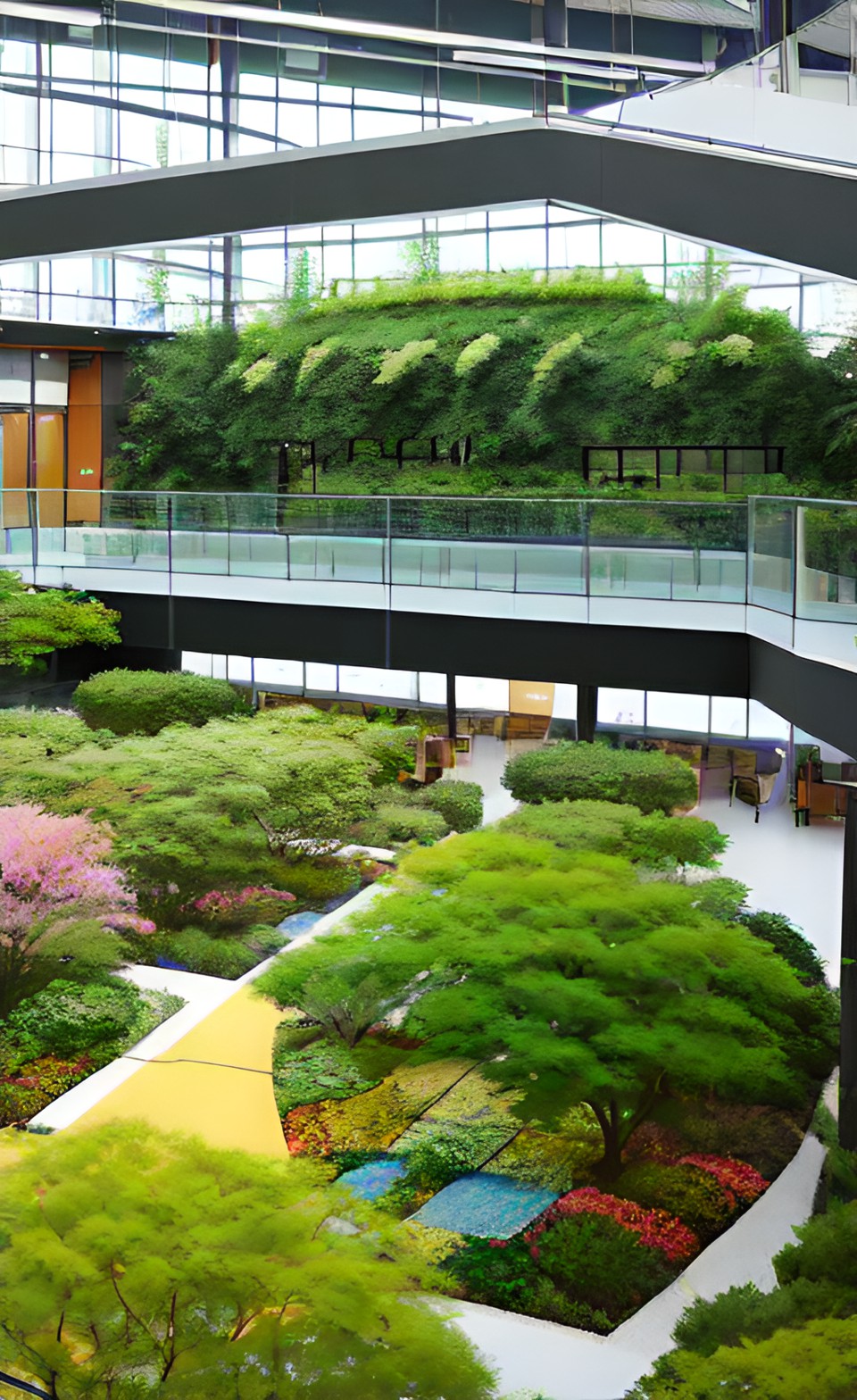
Advertisements
Introduction
In the dynamic landscape of modern workplaces, fostering creativity and innovation is paramount for staying competitive. Biophilic art and aesthetics have emerged as powerful tools to transform office environments into creative havens. By infusing nature-inspired elements into office design, these aesthetics stimulate creativity, enhance problem-solving skills, and inspire innovative thinking. This article explores the profound impact of incorporating biophilic art and aesthetics in office spaces and their role in nurturing a more innovative and vibrant work culture.
The Influence of Biophilic Art
Biophilic art draws inspiration from the natural world, encompassing various forms such as paintings, sculptures, installations, and even digital media. When integrated into office design, it has the potential to unlock the following benefits:
1. Sparking Creativity: Nature-inspired art triggers the imagination, providing employees with a unique source of inspiration. The organic shapes, colors, and patterns found in such art encourage new perspectives and creative thinking.
2. Enhancing Problem-Solving: Exposure to biophilic art can improve cognitive flexibility and problem-solving abilities. The non-linear and intricate patterns found in nature-inspired art encourage employees to approach challenges from different angles.
3. Fostering Connection: Biophilic art creates a connection between indoor spaces and the natural world. This connection can evoke positive emotions and a sense of tranquility, contributing to a conducive environment for innovative thought.
Creating a Nature-Inspired Aesthetic
1. Nature-Inspired Murals: Large-scale murals featuring natural landscapes, flora, and fauna can transform office walls into vibrant canvases that immerse employees in a natural ambiance.
2. Sculptures and Installations: Three-dimensional sculptures and installations can bring a tactile element of nature indoors. They serve as focal points that inspire curiosity and conversation among employees.
3. Organic Patterns and Textures: Incorporate organic patterns and textures reminiscent of leaves, waves, or clouds into furniture, carpets, and decor. These elements infuse spaces with a sense of the natural world.
4. Living Art Installations: Living art installations, such as vertical gardens or moss walls, not only add visual appeal but also improve air quality and contribute to the biophilic experience.
Boosting Innovation and Collaboration
1. Mindful Breaks: Biophilic art provides employees with spaces to take mindful breaks, rejuvenating their minds and enhancing their capacity for innovative thinking.
2. Collaborative Spaces: Incorporating biophilic art in collaborative areas encourages spontaneous discussions and brainstorming sessions, fostering innovation through collective insights.
3. Inspiring Meetings: Nature-inspired art in meeting rooms can create a more relaxed and open atmosphere, encouraging unconventional approaches and inventive solutions.
Conclusion
Biophilic art and aesthetics offer a bridge between the natural world and office environments, nurturing creativity, innovation, and problem-solving skills among employees. By incorporating nature-inspired elements into office design, organizations can transform their workspaces into inspiring havens that stimulate the imagination and foster a culture of innovation. As workplaces seek to harness the full potential of their employees' creativity, biophilic art emerges as a compelling strategy to create a dynamic and innovative work culture that thrives on the beauty and complexity of the natural world.
